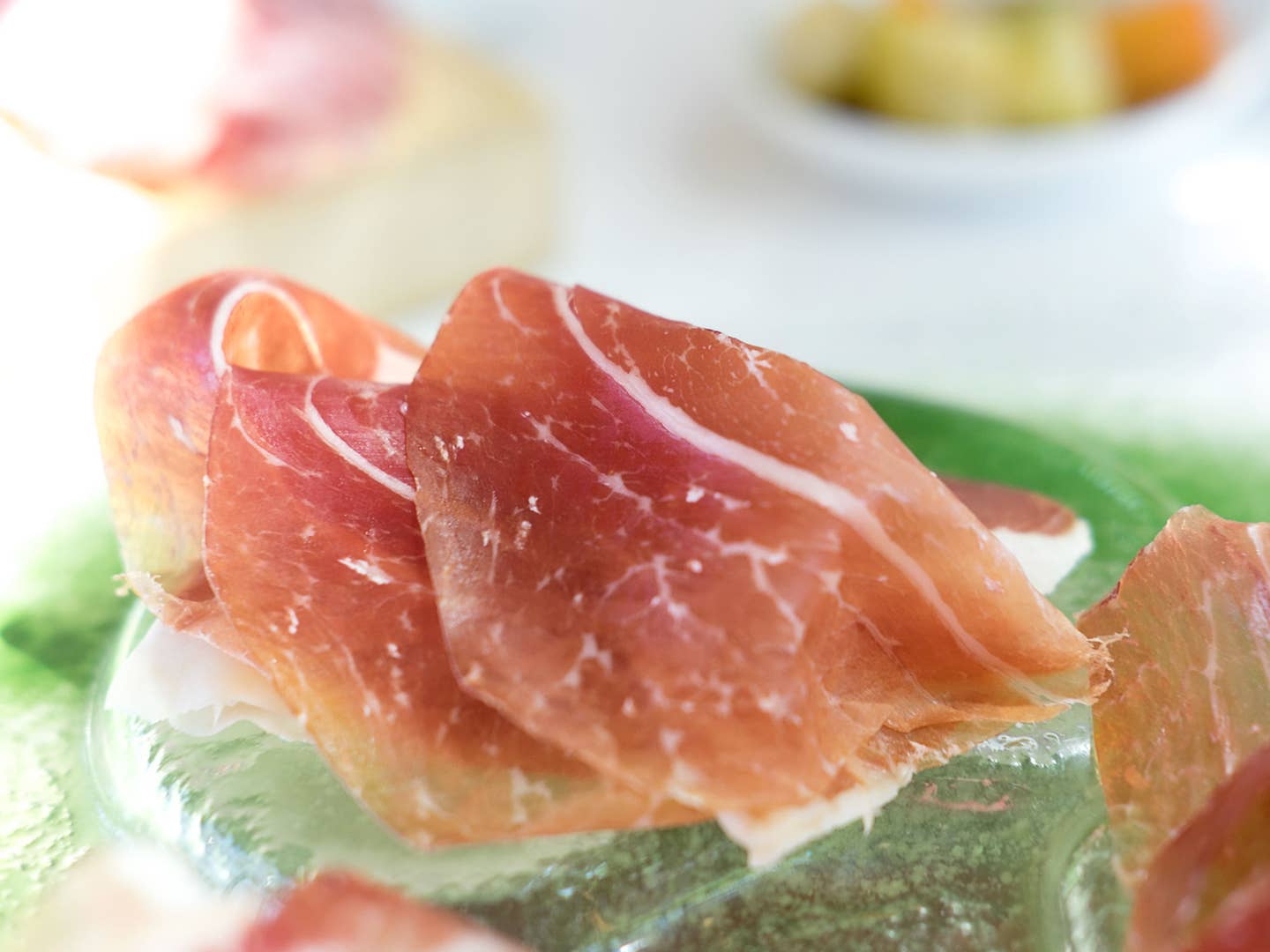
This ‘Little Ass’ is the Unsung Queen of Italian Cured Meats
Unlike its internationally ubiquitous cousin, prosciutto, Culatello di Zibello almost never leaves its home of the Po river valley, which is one of the reasons why it tastes so damned good
Prosciutto di Parma may be one of Italy's most iconic foods, but truth be told, I’m more partial to its smaller, uglier, and yes, better-tasting stepsibling. You may not have heard of Culatello di Zibello, but that’s not the ham’s fault; it’s just that this undersized and sweeter ham doesn’t travel as well as its big, bone-in relative.
Culatello is both delicate and bold, with an ephemeral funk that’s difficult to nail down, like trying to remember the name of a long-extinct tropical bird. At times it's smoky, like it's barely been kissed by flame. Locals say it's the flavor of the local fog, an evocation of centuries of history woven complexly into a surprisingly mild, tender piece of meat. But while prosciutto shows up on menus all over the world, culatello is kept close to home, stinking up ancient basements of the Parma lowlands.

Deep in the Po River valley, fog hangs heavy over the fields, blocking the dry breezes needed to make prosciutto. Instead, farmers in this area developed their own cured meat, which is made in only eight local villages. The name culatello literally means “little ass,” because the cut used to make it is only a small section from the pig’s rear leg, with the skin and bone removed. The texture, like thinly sliced lardo, is as if proscuitto took a slow crawl toward lox: it looks and acts like cured meat, but it collapses on your tongue.
It’s a bit disorienting to walk into Antica Corte Pallavicina (ACP)’s modern restaurant, with glass walls and sleek white tablecloths, in search of a cellar that’s been curing culatello since 1320, but underneath the Michelin-starred spot, a dank underground holds a rabbit’s warren of porcine treasure.
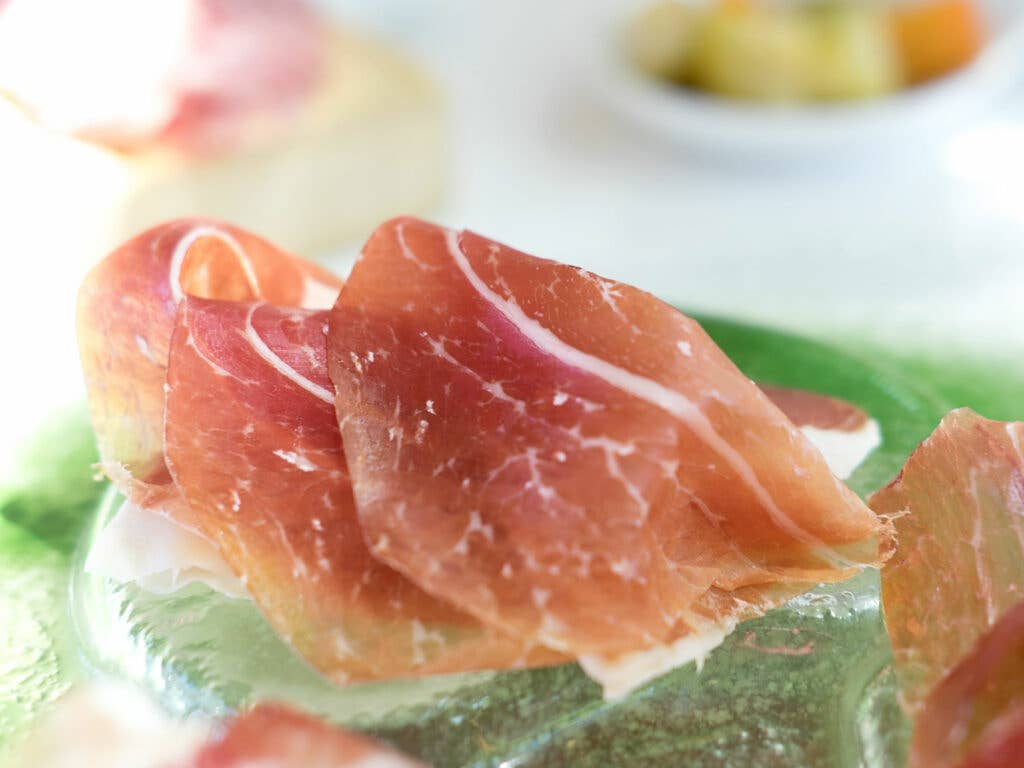
The wee ham, about the size of a boxing speedbag and packing a Rocky-esque punch, is rubbed with sea salt, black pepper, garlic, and the local sparkling wine, Fortana del Taro, for the first week. Then it’s wrapped in a clean pig’s bladder and tied up in a handmade net and hung in the cellar. The curing process for culatello hasn’t changed since the Middle Ages: no high-tech tools or machines, and only in season, from about October through February.
The seasonality comes from the traditional method: unlike prosciutto, culatello makers use no climate control beyond the opening and shutting of a few high windows in the cellar, where row after row of culatelli hang, gathering the natural molds that grant the ham its unique flavor, that hint of musk like a drop of porcine sweat among the morning dew.
The 700-year-old cellar of this one-time marquis’s palace has been building up those molds over the centuries, the kinds that can’t survive in the high prosciutto hills. The closer to the Po River, the tradition goes, the better the culatello. The fog rising from the river gets credit for the flavor of the meat. The scars of the Po's former path run next to ACP, less than 20 feet away, though the current river is a short walk away.
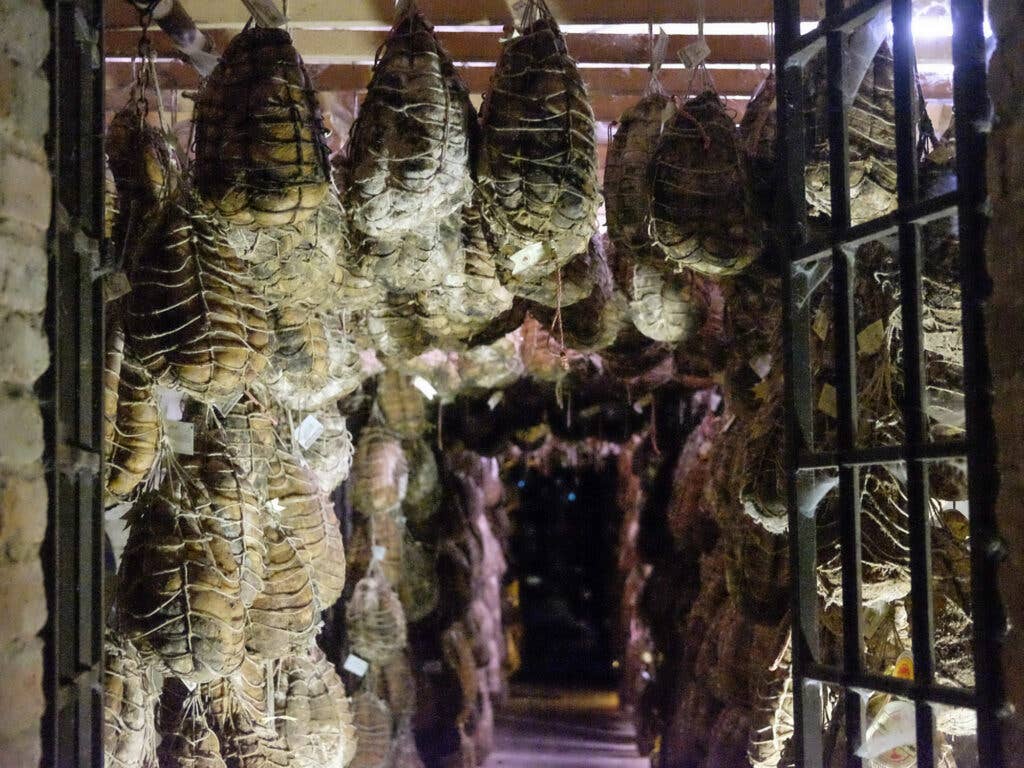
As one you enter the basement rooms, the aroma barges out to meet you at the door, a fastball lubed in well-aged cheese. The meat hangs here for a minimum of one year, and up to three. After the first year, an inspector comes by and uses a hammer-like tool to tap the meat and check for any oil or bad fermentation.
The inspection is required to receive DOP certification, which says this is the real stuff made in the right place. But ACP also produces a few other products. When the DOP commission was established, there weren’t black pigs—the historical source for culatello—that were considered pure, so only white pigs could be used. Now, there is a line of black pigs that ACP raises on their own land and makes a similar—though not certified—product. You’ll find it on the tables of restaurants like Osteria Francescana in nearby Modena (yes, where Dev ate on Master of None) and Alain Ducasse restaurants.
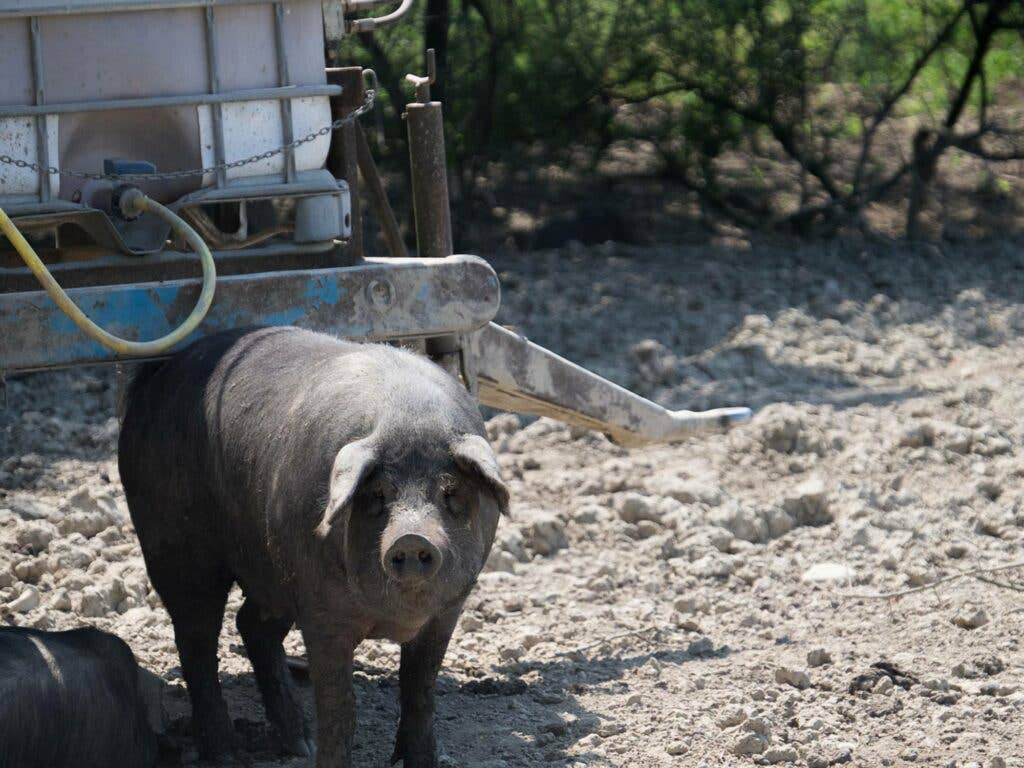
The black pigs are smaller and grow more slowly, but the product is, if anything, even more impressive than the DOP-certified version. ACP produces about 5,000 culatelli each year, while 75,000 4-kilo hams are certified around the valley. (They make about 1,000 of the black pig version.) By comparison, a leg of prosciutto weighs a minimum of 7 kilos, and a whopping 8,700,000 are certified every year.
Back upstairs, every table sitting down to lunch starts with a tasting of the culatello. It’s best served alone, hand-sliced and accompanied by the sparkling Fontana used in its making. The chef here, Massimo Spigaroli, comes from a long line of culatello makers, including his great-grandfather, who worked for the composer Giuseppe Verdi.
“When you are born into a family like this,” he says, “you cannot do anything else.” Eventually, the opportunity to purchase ACP, where his family had once worked as sharecroppers, came up, and he turned the 14th-century ruins into the famous culatello producer and restaurant it is now. But his main role is as chef. And as chef, he serves his own star product.
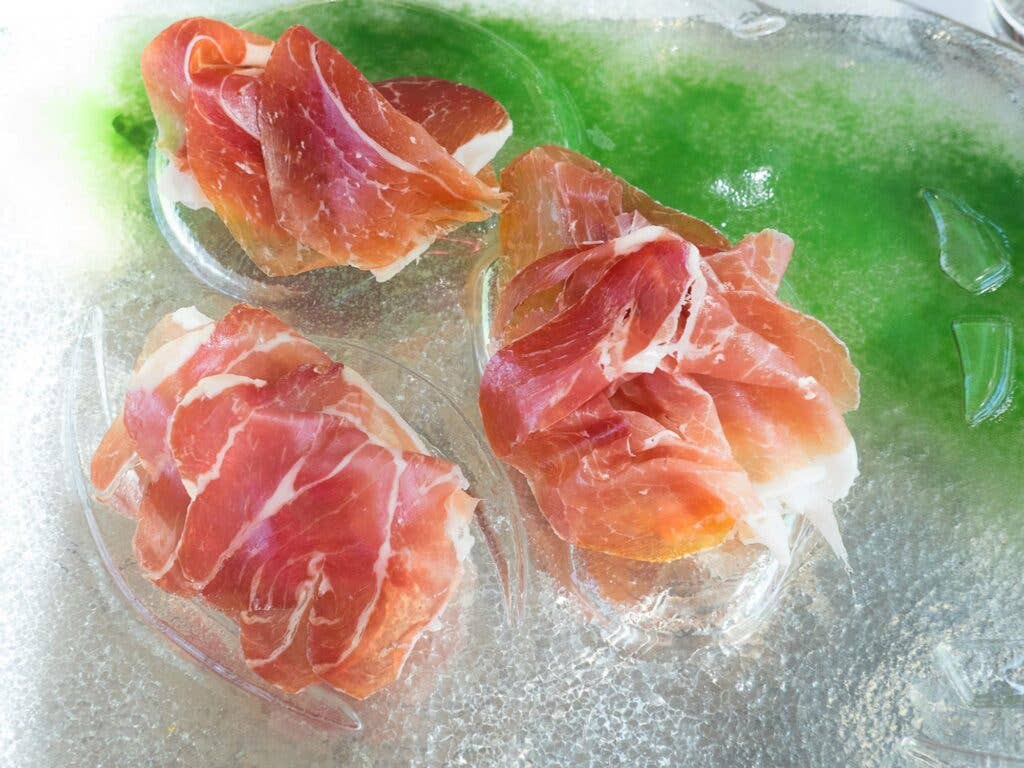
“A podium” of culatello offers three types of culatello for the diner to compare. One option offers an 18-month-old and a 27-month-old traditional version, and a 37-month-aged black pig. The black pig is redder, fattier, richer. But tasting through the plate, the differences become more prominent, both between the ages and from prosciutto, which seems like a pale, plain version in comparison.
Age adds to the velvety-soft texture, nearing creaminess by the final version, the subtle flavors increasing in complexity with each instance. Locals attribute the taste of culatello to the fog of the Po River Valley, and each month of aging seems to pull more from those low clouds.
But those clouds that give the culatello its flavor are also why the true product isn’t available in the United States. Without the ability to control the molds and environment through the entire importation process, it just doesn’t travel.
In the U.S., some salumerias—like Salumi in Seattle (run by Gina Batali, Mario's sister)—make their own version, though aged in climate control. Chef Sean Brock, of Husk fame, recently Instagrammed what he called a "14-month-aged country ham, culatello-style." Still, the fact remains, that for a true taste of meat made with the key ingredient of Culatello di Zibello—that lowland Po River fog—you'll have to cross the Atlantic. But in some ways, that remnant of rarity, that hyper-localness, is a bit of the draw: a flavor so special and innate to just eight specific villages that you can't find it anywhere else.
Keep Reading
Continue to Next Story










